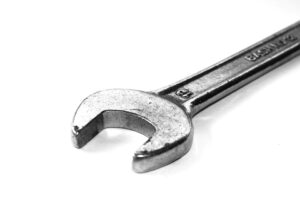
Focusing in on Safety: Toolbox Talks

Keep it Short
They say time is money, and this is especially the case in relation to time your crew could be spending on the job site. Try to structure your toolbox talks so they can be carried out in 30 minutes or less, while still getting solid information across. It often helps to block out a specific day and time each week — or even every other week — to meet up, such as before shifts start on a Monday morning.
Keep to the Topic
When you have a large portion of your team in one place, it can be easy to get off topic. One minute you’re discussing fall prevention, the next you’re discussing scheduling complaints. Emphasize to your team that these meetings are about safety and strategic practices. Try to limit your meetings to one or two topics, with time at the end for any important company announcements.
Keep the Door Open
Although you should limit your toolbox talks themselves to just a few talking points, team members should know that their ideas are welcomed and encouraged. Tell them who to go to if there’s a topic they would like to discuss at an upcoming meeting, or what to do if they see unsafe practices taking place. Oftentimes the best ideas come from crew members who see and experience things while out on the job.
Keep a Plan
One of the worst possible feelings for any manager is to realize you have a meeting coming up the next day — and nothing prepared. Make life simpler by planning your safety toolbox talks well in advance. Look to holidays, seasonal trends and experiences on your individual jobsites to get you started. Need resources to help get the ball rolling? The National Safety Council and U.S. Occupational Safety and Health Administration (OSHA) are great places to start. Your own workplace manuals likely offer a wealth of information you can easily repurpose, too.
